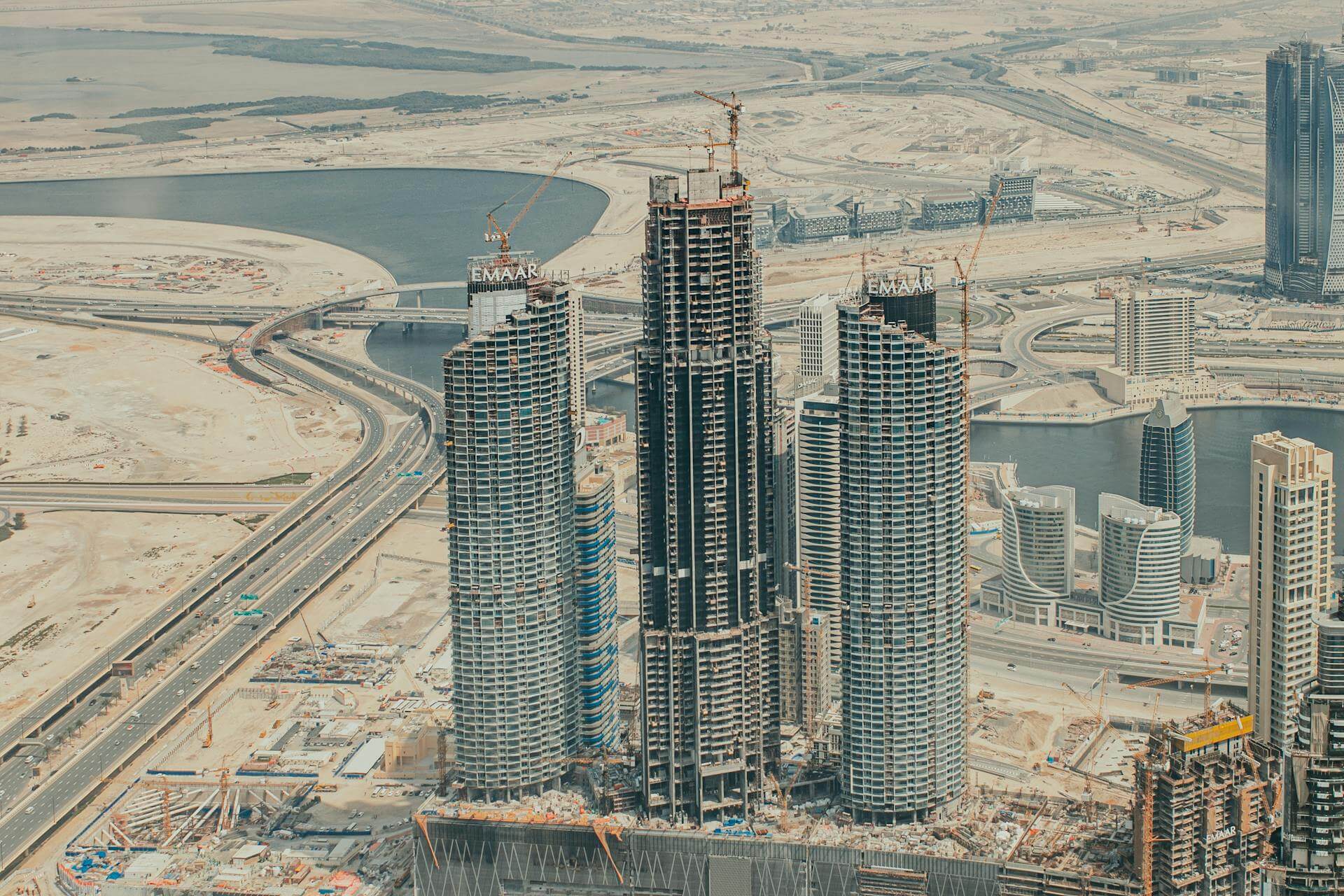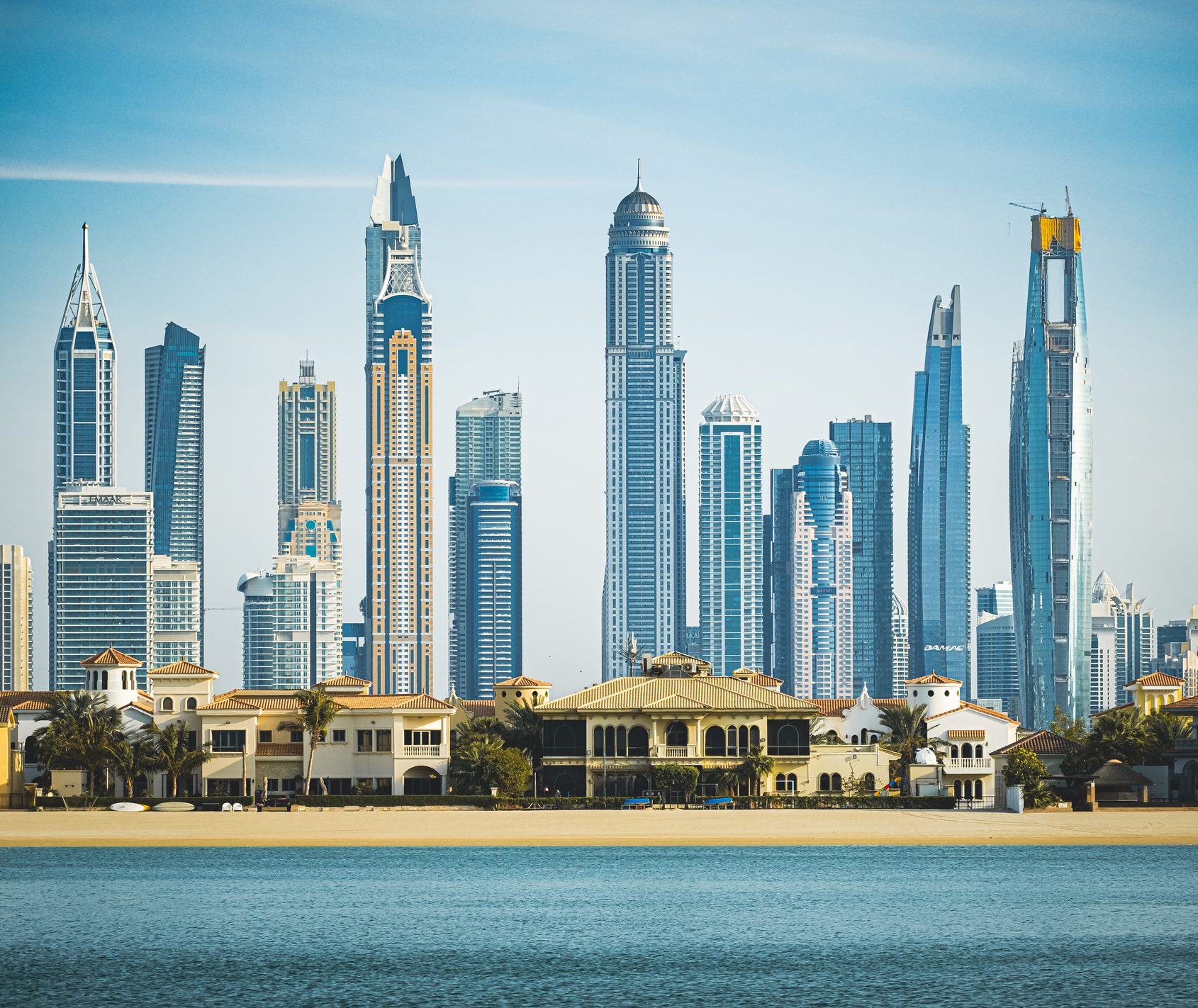While it may have been difficult to predict, it’s now becoming increasingly clear that the UAE real estate market prices are playing a crucial role in shaping travel trends across the region. From stimulating property investments to influencing how tourists experience their destinations, rising real estate prices are leaving a significant imprint. In recent years, the market has shown remarkable stability, particularly in areas where tourism is a major economic driver.
As a result, investors have seized the opportunity presented by the growing demand for vacation homes, leading to a natural uptick in prices. Prime properties located near popular attractions, such as the Dubai Mall and Yas Island, have become highly sought after by those looking to blend real estate investments with the travel and hospitality sectors. This synergy is further reinforced by government initiatives designed to boost tourism and enhance infrastructure, efforts that continue to propel property values upward in high-traffic areas.
In this evolving landscape, the interconnection between real estate and tourism not only benefits investors but also reshapes how visitors experience the UAE, highlighting a new chapter in the region’s dynamic growth.
Real Estate Prices and Tourism in the UAE

There’s a compelling connection between real estate prices and tourism in the UAE, serving as a clear reflection of the country’s flourishing economy. In recent years, the real estate market has remained resilient, particularly in tourism-driven areas. Iconic landmarks such as the Burj Khalifa, Dubai Marina, and the Sheikh Zayed Grand Mosque draw millions of visitors each year, fueling the steady rise in property values in these high-demand locations. This surge is largely driven by the increasing demand for vacation rentals, luxury residences, and commercial spaces near these popular attractions. As tourism continues to thrive, so does the real estate market, creating a positive feedback loop that strengthens the economy and further cements the UAE’s position as a global hub for both business and leisure travel.
The UAE’s strategic location, acting as a crossroads between East and West, only adds to its allure for both tourists and property investors alike. Government-led initiatives, such as Expo 2024 in Dubai, have generated significant buzz, prompting many to invest in real estate in anticipation of an influx of visitors. As both local and international buyers set their sights on properties close to major landmarks, demand continues to drive prices upward.
In addition to residential and commercial growth, the expansion of high-end resorts, spas, and other hospitality services further bolsters the real estate market. Developers are increasingly focused on creating properties that cater to both tourists and investors, ensuring the UAE remains at the forefront of luxury tourism. Meanwhile, the rising trend of eco-conscious travel and sustainable building practices is introducing a new dynamic to property values, as demand for environmentally-friendly homes continues to grow.
As these forces converge, the UAE’s real estate market not only thrives but evolves—reflecting broader global trends while enhancing the region’s role as a top destination for travelers and investors alike.
Economic Impact of Rising Real Estate Prices
Many travelers now prefer staying in vacation homes, a trend that is driving up demand for real estate in popular tourist destinations like Dubai and Abu Dhabi. This shift not only boosts the property market but also generates broader economic benefits. As more international buyers invest in homes within these vibrant tourist hubs, the demand increases, pushing property prices higher and creating opportunities for rental income. This influx of investment has a ripple effect, stimulating job growth in areas such as property management, real estate development, and the hospitality sector.
At the same time, rising property prices are starting to influence the tourism industry in new ways. As the cost of real estate increases, so too do accommodation prices, which could lead travelers to rethink their lodging choices. Some may opt for more affordable alternatives, seeking accommodation outside high-demand areas to avoid soaring costs. This dynamic underscores the complex relationship between the real estate market and tourism, emphasizing the need for policymakers and industry stakeholders to carefully consider the impact of these trends on the broader economy.
Ultimately, this interconnectedness highlights how shifts in real estate prices and tourism habits are closely linked, and how both can shape the region’s economic landscape in the years to come. By understanding and responding to these changes, the UAE can continue to thrive as a global destination for both investors and travelers.
Key Trends in UAE Real Estate

The UAE’s rapidly growing tourism sector has had a profound influence on its real estate market, creating a dynamic synergy between the two industries. Investors are increasingly targeting properties located near major tourist attractions, such as the Dubai Mall and Yas Island, where high rental yields and capital appreciation are nearly assured. As a result, property values in these prime locations are soaring, driven by the influx of visitors seeking to experience the best the region has to offer. In response to this demand, luxury amenities and premium services are now essential for attracting high-end tourists who expect nothing less than exceptional experiences.
To meet this rising demand, developers are focusing on creating new luxury residential projects in key tourist districts. These areas, buoyed by substantial government investments in infrastructure—such as expanded airports, improved transportation networks, and world-class entertainment venues—are becoming even more desirable. As these locations continue to grow in popularity, the demand for property has intensified, further solidifying the link between tourism and real estate.
Simultaneously, recent regulatory reforms have made it easier for foreign investors to purchase property in the UAE, opening the doors to a broader range of buyers. These changes have attracted a diverse pool of investors, accelerating the growth of the real estate sector and reinforcing its deepening connection with the tourism industry. Together, these developments suggest a promising future where real estate and tourism continue to fuel each other’s success, propelling the UAE toward new heights as a global destination.
Navigating the UAE Travel Landscape Amid Rising Costs

As the UAE continues to invest heavily in its tourism sector, the surge in property prices has become an inevitable consequence. New attractions, ranging from world-class theme parks to luxury resorts and cultural landmarks, are drawing more visitors than ever before. This influx is driving up the cost of staying in popular tourist districts like Dubai and Abu Dhabi, as demand for accommodations in these areas continues to rise. For investors, this boom presents a prime opportunity to capitalize on the growing need for vacation homes and high-end properties. However, the challenge lies in balancing this rapid growth with the need to remain competitive in the broader travel and hospitality landscape.
Government-backed infrastructure projects—such as expanded airports and enhanced public transport systems—have made it easier for tourists to navigate the country, further elevating the appeal of locations near major attractions. These developments have not only improved accessibility but also increased the desirability of properties in these areas, contributing to the continued climb in property values. As a result, these locations are becoming even more attractive to both investors and travelers alike.
However, as costs rise, travelers may increasingly seek more affordable alternatives to pricier options. This shift could have a significant impact on the dynamics of the local tourism market, particularly in high-demand districts. In turn, this presents a unique challenge for stakeholders to ensure that both tourism and real estate growth remain sustainable, without pricing out key segments of visitors. As the UAE moves forward, finding this balance will be crucial to maintaining its position as a premier global destination.
Conclusion
In conclusion, the UAE’s real estate market is thriving, driven by the country’s ongoing development of tourist-centric destinations. Prime properties located near iconic attractions such as the Dubai Mall and Yas Island have emerged as highly lucrative investments, capitalizing on the region’s increasing appeal to both visitors and investors. Large-scale infrastructure projects and government-backed initiatives that support tourism continue to fuel the growth of property values, further solidifying the UAE’s status as a global real estate hotspot. As the market evolves, these interconnected sectors of tourism and real estate are poised to propel the country’s continued success on the world stage.
Featured image: StockByM/iStock
For the latest in fashion, lifestyle, and culture, follow us on Instagram @StyleRave_
—Read also

























+ There are no comments
Add yours